Pinus spp.
The scent. The sound as the needles jostle in the breeze. The enduring color.
Pines are extraordinarily popular for a reason. They’re beautiful, long-lived, and they give our gardens color during the coldest winter months.

We link to vendors to help you find relevant products. If you buy from one of our links, we may earn a commission.
These trees range from tiny dwarf options that happily fill an itty-bitty corner of the yard to massive trees that tower over your home.
Pines are such an iconic part of the landscape that I can’t imagine the jagged Rocky Mountains or the windswept beaches of the Pacific Coast without them. But they’re just as ubiquitous in our cultivated landscapes.
If you can’t imagine your own space without a pine in it, we feel you. This guide will help you select, plant, and nurture that evergreen marvel.
Here’s what we’re going to go over to make that happen:
What You’ll Learn
When we talk about conifers, we often just call them “pine trees,” whether we’re talking about a cedar or a spruce.
That’s not a bad bet, since they grow all over the place in the Northern Hemisphere, from coast to coast.
Cultivation and History
The pine family, Pinaceae, encompasses a broad range of conifers.
Fir trees (Abies spp.) are in the Pinaceae family, as are cedars (Cedrus spp.), hemlocks (Tsuga spp.), spruces (Picea spp.), and larches (Larix spp.).
Within the pine genus (Pinus) there are at least 180 species, known as “true pines” to set them apart from their other coniferous cousins. I say “at least” because classifying these trees has been complicated by their ability to readily hybridize.
You can determine whether you’re looking at a true pine or one of the many conifers confused with pines by looking at the needle-shaped leaves. They grow in groupings of two to five.
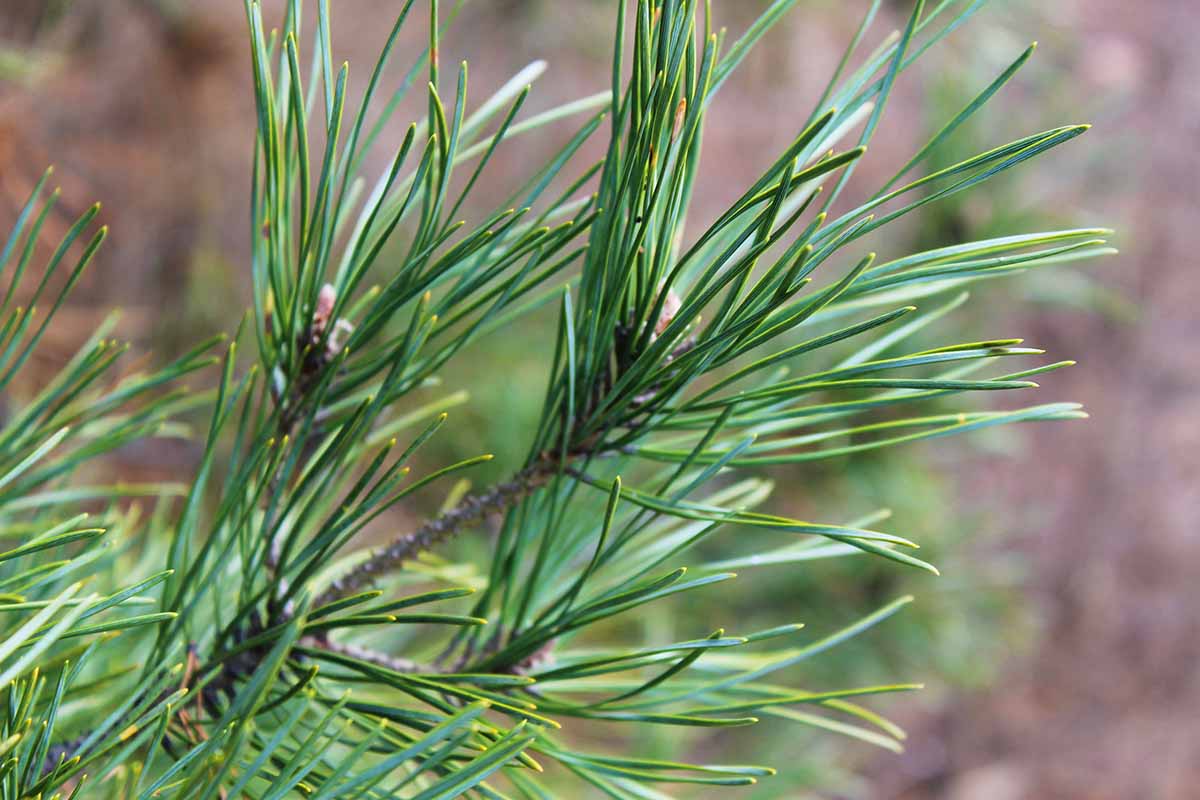
More than five needles in a cluster? You’ve got a larch. If the leaves are more scaly than needle-like, or the needles aren’t clustered, it’s a fir, spruce, yew, hemlock, cedar, or juniper.
Found growing indigenously in all parts of the Northern Hemisphere as well as Australia, Indonesia, and Papua New Guinea, pines are the most economically important trees in the world, providing timber for humans throughout recorded time, and probably long before that.
In North America, indigenous people used the plants as ceremonial emetics, as laxatives, to treat coughs, tuberculosis, headaches, and toothaches, and for general health.
Topically, pine was used to treat rashes, scabs, boils, arthritis, burns, and many other skin complaints.
Some species even produce a sugar-like resin, and pine nuts are a rare treat.
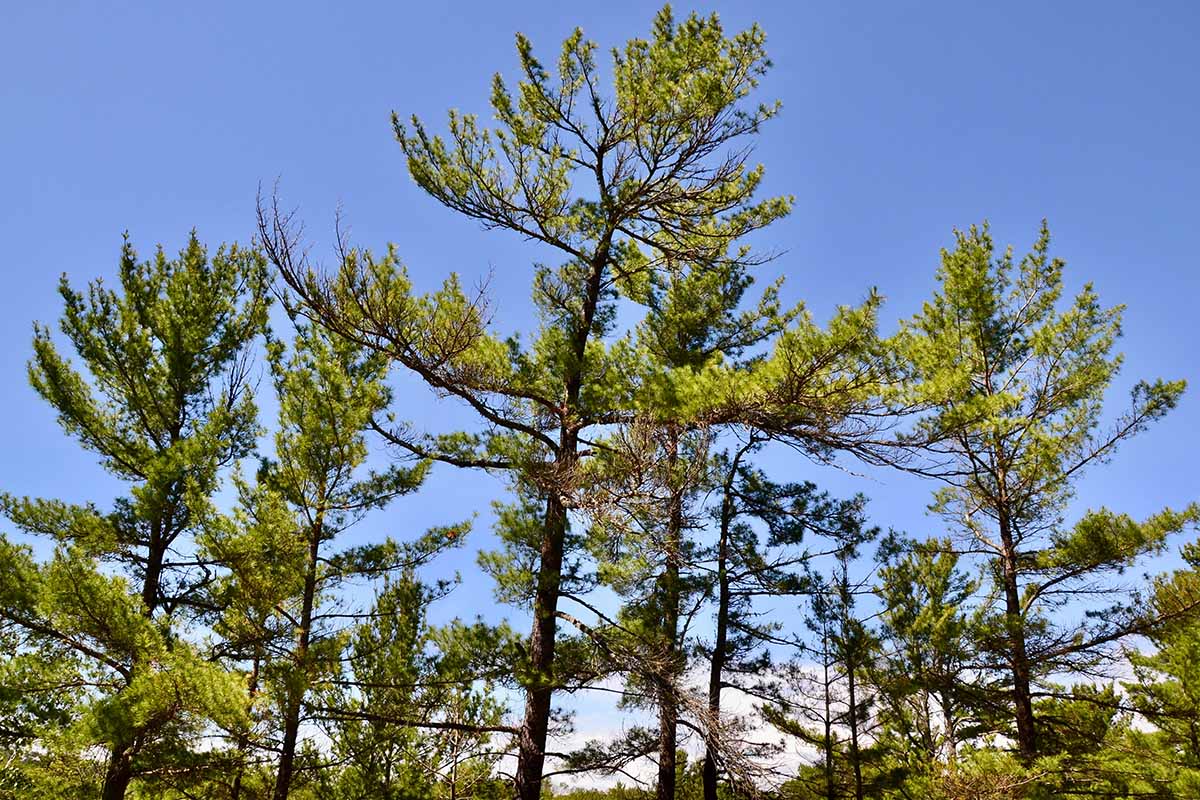
You’d be hard-pressed to find a culture that didn’t use the wood to build shelter, furniture, and tools. The resin is also exceptionally useful for sealing things like ships and water bowls.
Settlers in North America shipped wood, tar, and pitch from the abundant pines found there back to Europe, and a vast majority of the tar and pitch used in England in the 1700 and 1800s came from North America.
Many of the wild stands in North America were under threat of being completely wiped out in the 1800 and 1900s due to unregulated logging.
And some were, like the eastern white pine. It wasn’t until President Theodore Roosevelt stepped in and created federal reserves that native pines were rescued from the sawmill.
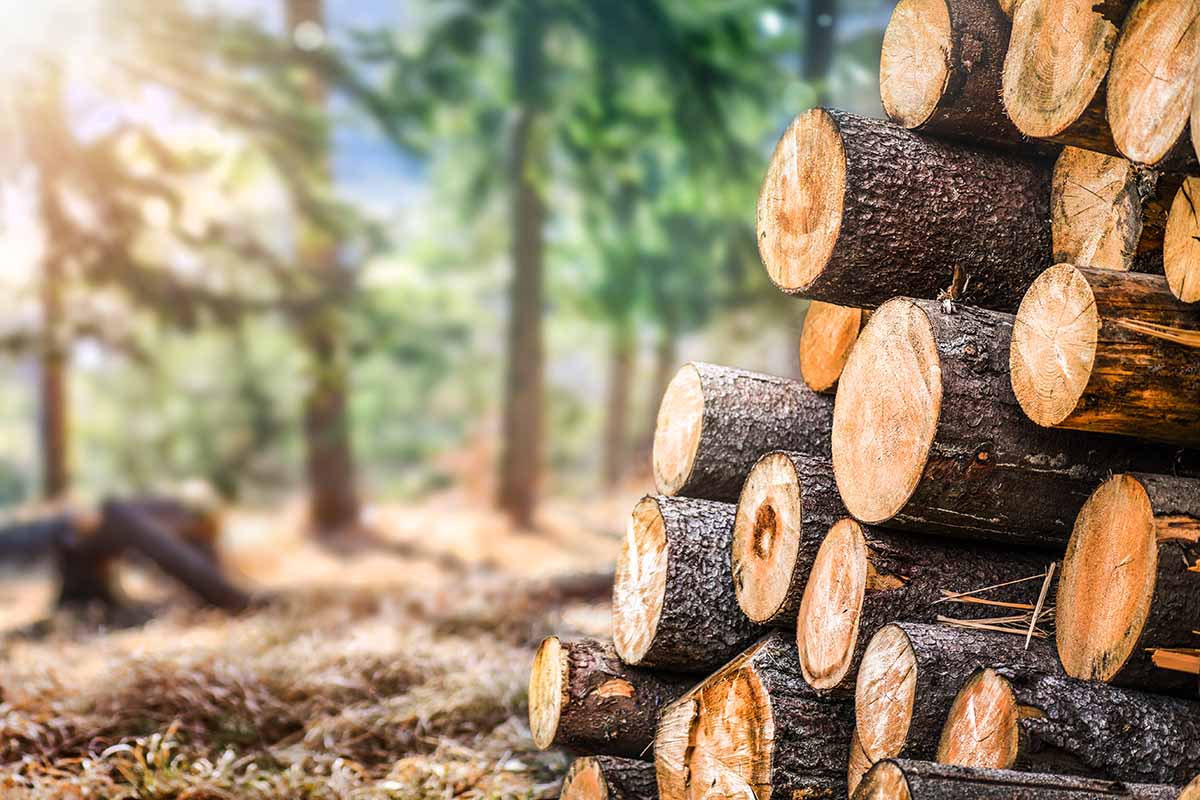
These trees are native to all parts of the Northern Hemisphere and have been introduced and cultivated in all parts of the Southern Hemisphere except for Antarctica.
They grow from the equator up to the Arctic in environments as diverse as bogs, rocky cliff sides, and deserts. You’ll find the greatest diversity in western North America.
One major reason for the success of these trees is that they’ve adapted to survive fire.
Some species, such as ponderosa pines (P. ponderosa), have developed a thick bark that can protect the living tissue inside the trunk from the sort of low-intensity but frequent fires that move through their native range.
They also tend to drop their lower branches, which prevents flames from catching them and climbing up the tree.
Keep that in mind as we talk about pine growth in the coming sections.
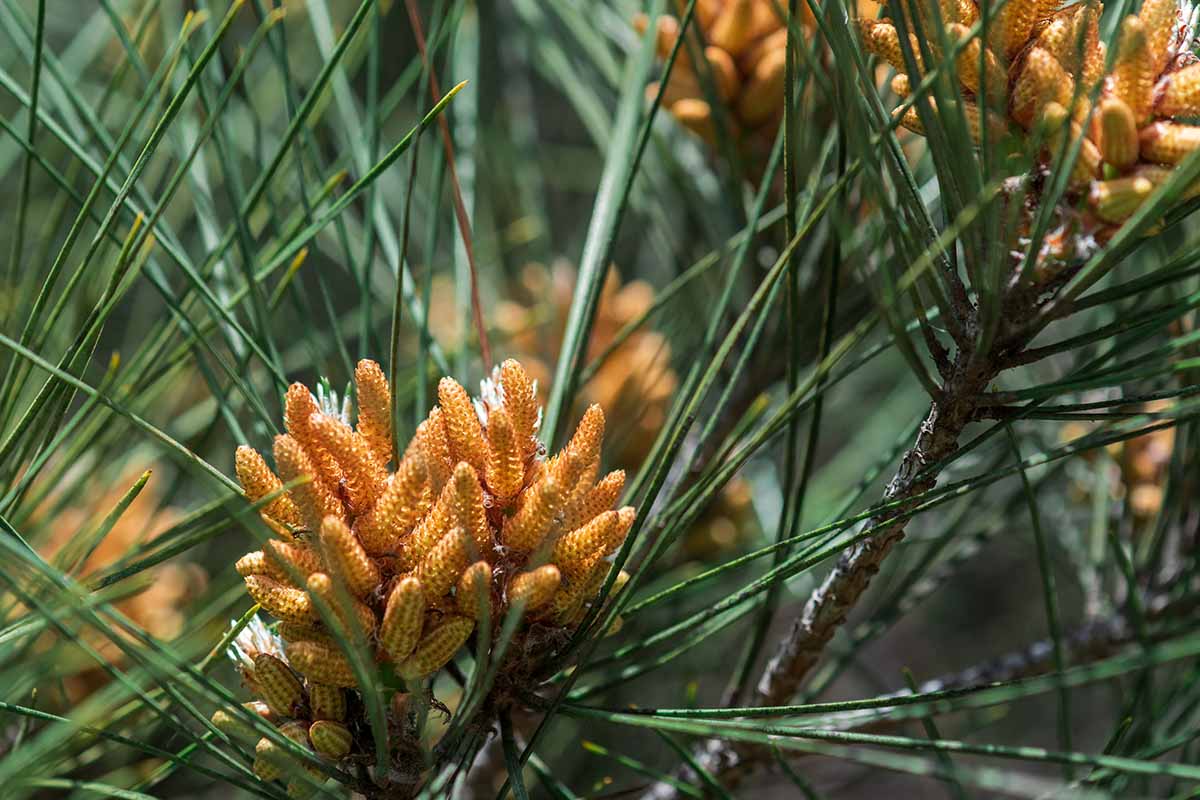
Other species, such as scrub pines (P. virginiana), have serotinous cones, which are sealed by the sticky resin produced by the tree. When a high-intensity fire comes along, which typically used to be infrequent in their native range, it melts the resin and the cones release the seeds.
Once released, the seeds have little competition in the burned landscape, so they take hold and grow.
The minority of pines that don’t have some sort of clever fire adaptation tend to grow in inhospitable areas where they don’t have to battle other species for resources.
Species like whitebark (P. albicaulis), for example, grow in rocky, nutrient-poor soils on mountainsides.
Sadly, many of the magnificent specimens in western and central North America have been devastated not only due to logging, but because of forest fires, fungal diseases like blister rust, and bark beetle infestation, which, to date, has laid waste to an area the size of Utah in the western part of the US alone.
Sugar pines (P. lambertiana) are the largest species, with some specimens reaching nearly 300 feet tall.
In the timber industry, pines are classified as yellow, white, or red. White lumber is highly sought-after and expensive, red is softer and used for cheaper applications like paper and railroad ties. Yellow is typically somewhere in between.
Types of Pine
While we’re at it, let’s briefly talk about red, white, and yellow pine.
Red pines all have a red or reddish-brown hue to the heartwood. Yellow types come in two types: western and southern.
Western is made up of lodgepole (P. contorta) and ponderosa (P. ponderosa), and southern includes pitch (P. rigida), spruce (P. glabra), and Virginia (P. virginiana), as well as others.
Southern types can be extremely hard, even harder than white, while western types tend to be in the middle of the road. Yellow pines have yellow, orange, or reddish-brown heartwood.
White pines have light brown to faintly red heartwood, with the eastern white (P. strobus) being the most common.
If you aren’t in the lumber industry, it’s pretty hard to tell the groups apart.
White types have needles bundled in groups (fascicles) of five, and some red pines produce needles in groups of two. Other than that, there are some broad guidelines you can use to tell the two apart, but there will always be exceptions to every rule.
Cones tend to be longer in white pines, the mature bark is usually gray, and the needles are blueish, versus the reddish hue of red pine bark and its yellow-green needles.
White species tend to have a more open crown while red species have a rounder, more dense crown. Yellow pines are a bit less consistent, but the bark is generally brown or orangeish.
Before you even consider planting a pine tree, make a smart species selection. We’ll cover various species below to help you figure out what will work best in your area, so keep reading!
Understanding the needs of your specific tree is the most important part of successful growth.
Pine Propagation
These trees can be propagated from seed, either purchased or harvested from mature cones, or through cuttings. You can also purchase seedlings or saplings for moving into your garden.
Seeds require some patience, while purchasing plants is more expensive but gives you instant gratification.
From Seed
The cones on pine trees contain seeds and these can be planted to grow new trees.

You’ll need to stratify the harvested seeds in moist sand for a few months in the refrigerator and then plant them in the garden.
For a detailed explanation of the whole process, read our guide to propagating pines from seed.
From Cuttings
Propagating via cuttings is the best way to reproduce a tree that you like.
Seeds might not grow exactly like the parent plants, but a cutting will be identical. The downside is that it takes years before you’ll be placing the new plant in the garden.
Cuttings should be taken when the tree is dormant. That means late fall, winter, or early spring. Ideally, you’ll start working after your area has experienced two or three hard frosts, which help signal to the tree that it’s time to stop actively growing.
Look for a pliable branch of this season’s new growth.
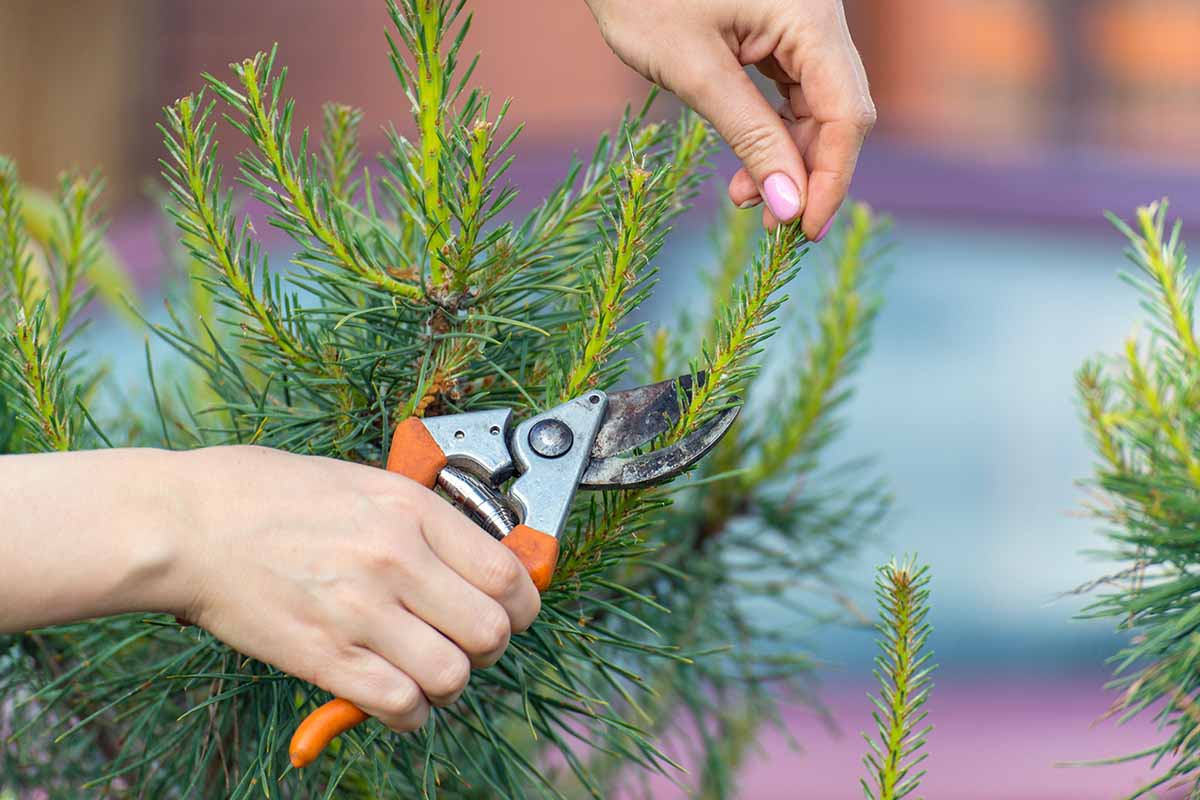
Rip off about four inches in length at the tip, with the end cut roughly at a 45-degree angle. The easiest way to do this is to make a cut halfway through the branch at a 45-degree angle and then rip it off the rest of the way.
Doing this results in a bit of bark tearing off with the cutting. We call this the heel.
These so-called heels contain more auxins than cleanly cut cuttings, a growth hormone that will encourage the cuttings to send out new roots.
Clip the heel down so it’s about a half an inch to an inch long, and remove all of the leaves from the bottom half. Dip the end in rooting hormone.
You can use older, harder wood instead, but it takes much longer to root. If you use older wood, find something about the same diameter as a pencil and take a cutting that’s six inches in length.
Fill a six-inch pot with sand or equal parts sphagnum moss and perlite and poke a hole in the center.
Insert the cutting into the hole so it’s about an inch or two deep. Firm the sand up around the cutting and moisten the soil.
Place the container on a heat mat in bright, indirect light. The idea is to keep the roots warm and the top cooler.
Cover with a cloche or tent plastic over the cutting, propping it up with a stick to keep the plastic from touching it. Keep the medium moist but not soggy.
Keep a close eye on the soil and the cutting. If you see any mold forming, spray everything with copper fungicide.
Transplant once cuttings have developed a few inches of new growth when the ground can be worked in spring or fall.
Be sure to harden the cutting off for at least a week before planting outdoors.
Transplanting
The best time to transplant seedlings, rooted cuttings, or purchased saplings is in the fall or early spring as soon as the soil can be worked. Dormant trees transplant best.
Before you put your plant in the ground, prep the area well. Remove any weeds and loosen up the soil with a fork or spade.
Dig a hole twice the width and depth of the rootball. Fill the hole with a foot of water and let it drain for 12 hours. If the hole is dry, your drainage is adequate.
If it doesn’t drain entirely, consider planting somewhere else – no amount of amending the soil is going to improve it enough for a tree this size.
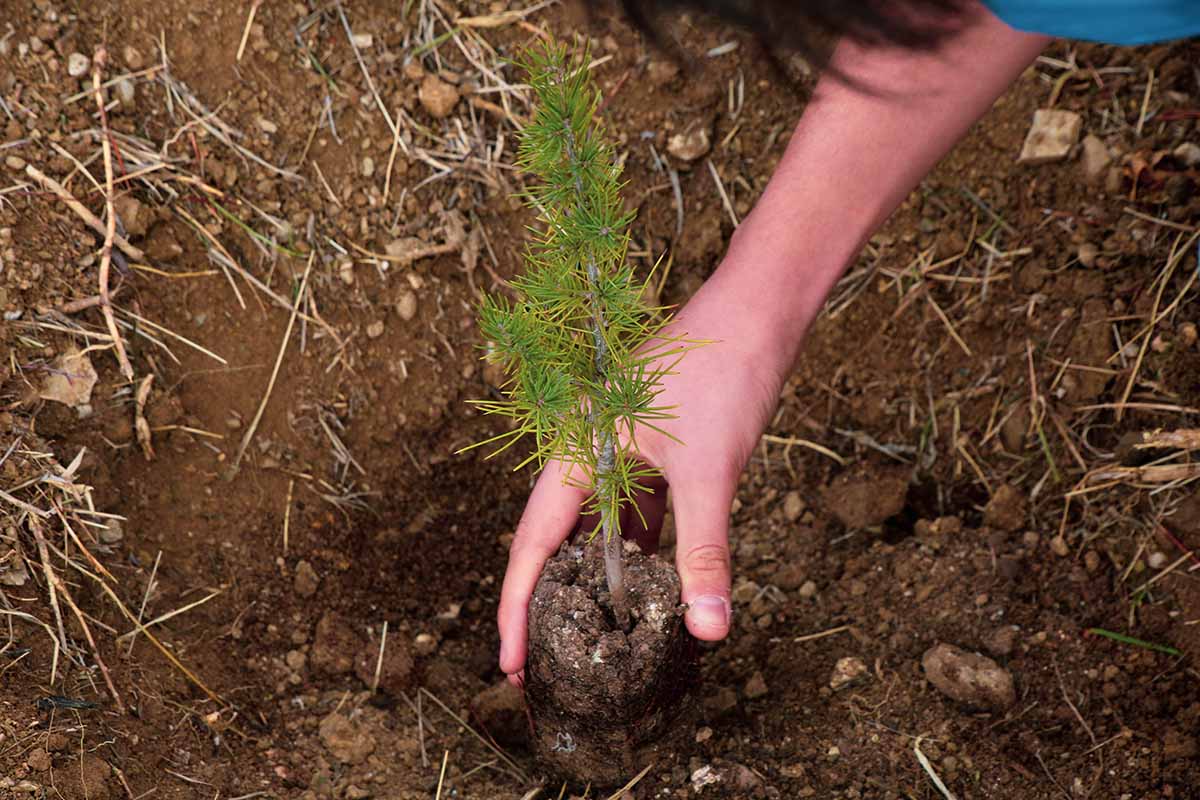
The exception is if you’re planting a dwarf cultivar, in which case, you can dig down three feet deep and four feet wide and work in a lot of well-rotted compost. Then, dig a hole and test the drainage again.
If it’s adequate, prepare to plant by removing your specimen from the container and loosening up the roots. Place the plant in the hole and fill in around it with soil.
The plant should sit at the same level as it was growing in the nursery pot, or slightly higher.
The root collar – the part where the roots meet the stem – should be about two inches down.
It should be kept moist but not wet until the tree has had time to establish a robust root system, which takes about a year or so.
How to Grow Pines
Almost all species need full sun, with at least eight hours of direct sunlight to help them grow their best.
Some cultivars of eastern white pines (P. strobus) are an exception to this rule. Cultivars such as ‘Blue Shag’ and ‘Niagara Falls’ can tolerate partial shade with four to six hours of light.
And some Swiss pines (P. cembra) and Japanese white pines (P. parviflora) prefer morning sun with protection from the heat in the afternoon.

Beyond full sun exposure, they also need good drainage to survive. Poorly draining soil provides a quick way to kill your plant.
Pines are generally very tolerant of drought. Once a large tree is established, you don’t need to water it all. They have the astounding ability to send out a long taproot that can move even through bedrock to find moisture.
If you water frequently at the surface of the soil, you actually reduce the tree’s ability to withstand drought.
For younger plants, when you irrigate, make sure it’s long and deep, not frequent and shallow. Those young plants – under 10 years of age – need more water whenever the top few inches of soil dry out.
Small trees under 10 feet at maturity won’t develop this extensive root system, so they should be watered deeply during periods of drought throughout their lives.
Growing Tips
- Plant in direct sunlight, though a few cultivars can handle partial sun.
- These trees require excellent drainage. They will die in poorly draining soil.
- They can tolerate some drought, but keep younger trees well-watered.
Pruning and Maintenance
Remember how we talked about some pine species dropping their lower limbs? This is called self-masting.
It’s not a bad thing, and it can’t be prevented. Just look at it as nature’s pruning.
Self-masting doesn’t generally happen with smaller landscape trees, but if you plant any towering pines, don’t be surprised if they drop their lower branches.
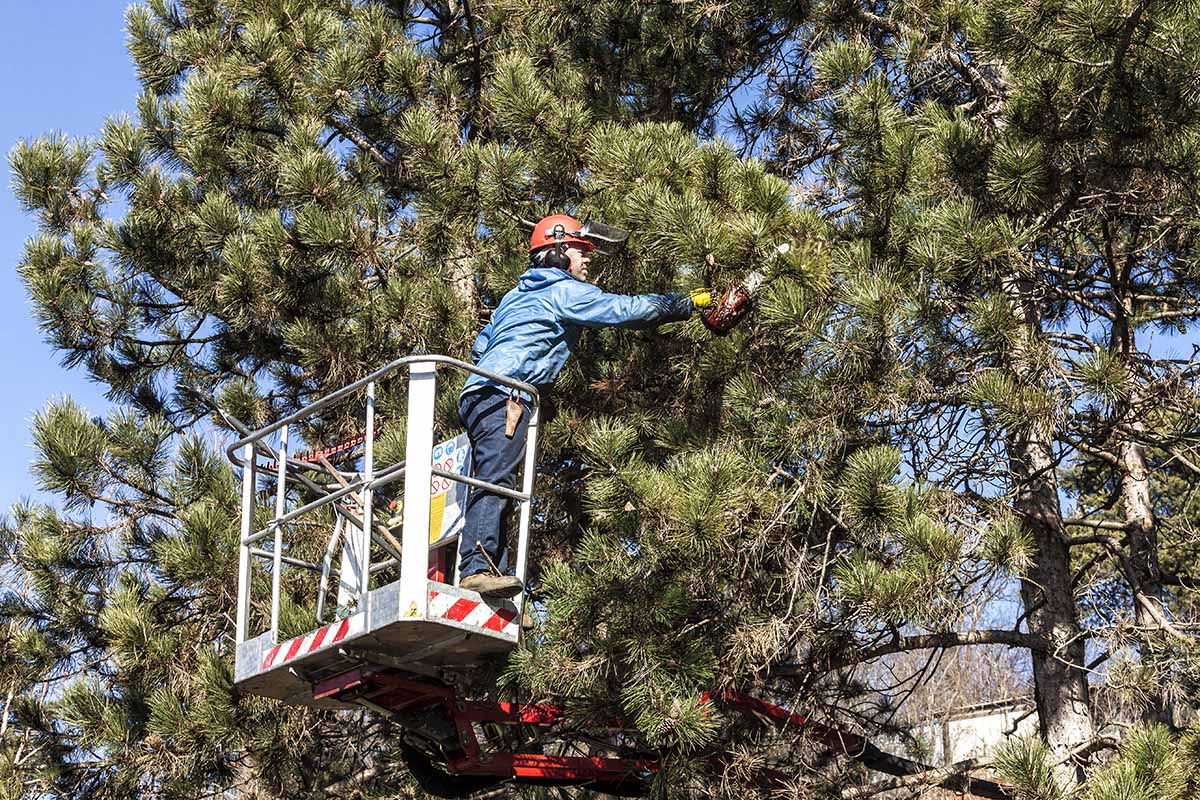
Beyond nature’s pruning, you might need to trim your tree now and then for shape or to remove unhealthy growth.
Reduction cuts help remove some of the length of a branch. Prune back by about a third to a branch junction.
You can also trim an entire branch back to the collar to thin out a canopy or remove diseased, dead, or deformed branches.
But you don’t ever want to shear a pine.
I actually don’t think you should shear confiners at all because it’s too indiscriminate, and ends up creating a plant with an outer shell of foliage surrounding a hollow interior full of leafless and dead wood.
This isn’t healthy for the plant.
Pine Species and Cultivars to Select
If I could give you just one tip when growing pines, it would be to select one that is adapted to the environment in which you want to plant.
If you choose a shade-intolerant species for a shaded spot in your garden, you’re going to be fighting to keep it alive.
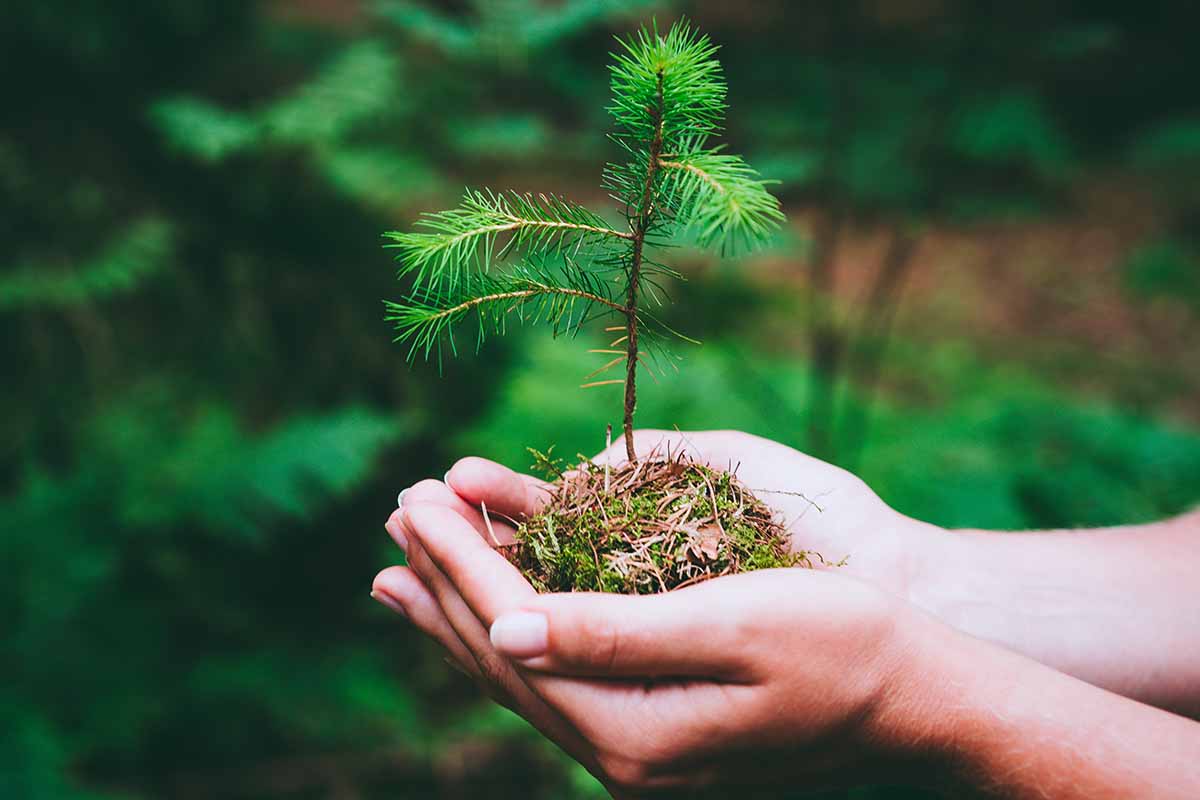
There are so many pines out there, there’s no reason to pick one that isn’t adapted to the environment you’re putting it in.
Most species need full sun, as I mentioned before, but we’ll note any that don’t in more detail below.
Loblolly, slash, longleaf, and shortleaf pines are all excellent for growing in southern states.
In New England, red, pitch, and eastern white are good choices. If you live in the west, ponderosa, shore, lodgepole, western yellow, and limber will work.
And then there are those that are adaptable to almost anywhere in the US, like mugo, Japanese white, and Scots or Scotch pines!
Let’s take a look at a few that may become your new favorites.
Eastern White
The tallest conifers in eastern North America, eastern white pines (P. strobus) can stretch up to 80 feet tall and 40 feet wide when mature.
This adaptable plant is as happy in Zone 8 as it is in Zone 3, though it might not grow as tall in cooler regions.
It doesn’t do well in urban environments since it’s sensitive to sulfur dioxide and ozone, and it can’t tolerate clay. Otherwise, this species is fairly adaptable and tough.
The huge stands of native trees might be gone, but you can bring a youngster to your yard by visiting Fast Growing Trees to purchase a live tree in a gallon-size pot or one that is two to three feet tall.
Some cultivars, such as ‘Angel Falls,’ have beautiful oblong cones that are covered in a sap that makes it look like the cones have been dusted with sugar.
The pendula form of this cultivar has a gracefully weeping shape.
Eldarica
Native to modern Afghanistan, hence the alternate name Afghan pine, this tree (P. brutia var. eldarica) does best in dry, warm climates.
But it’s adaptable enough to grow anywhere in Zones 6 to 10.
At about 60 feet tall and 40 feet wide max, it’s fast growing, unfussy about soil, and has an open, airy canopy.
Plus, the soft leaves won’t stick into your bare feet if you step on them like some of the firmer-needled pines can – worth noting if you like to walk around your yard barefoot.
For a drought-tolerant addition to your landscape, purchase a four- to five-foot-tall live specimen at Fast Growing Trees.
Himalayan
This species is native to the Himalayas, but thank goodness it was carried across the ocean to North America, because the Himalayan pine (P. wallichiana) is fantastic.
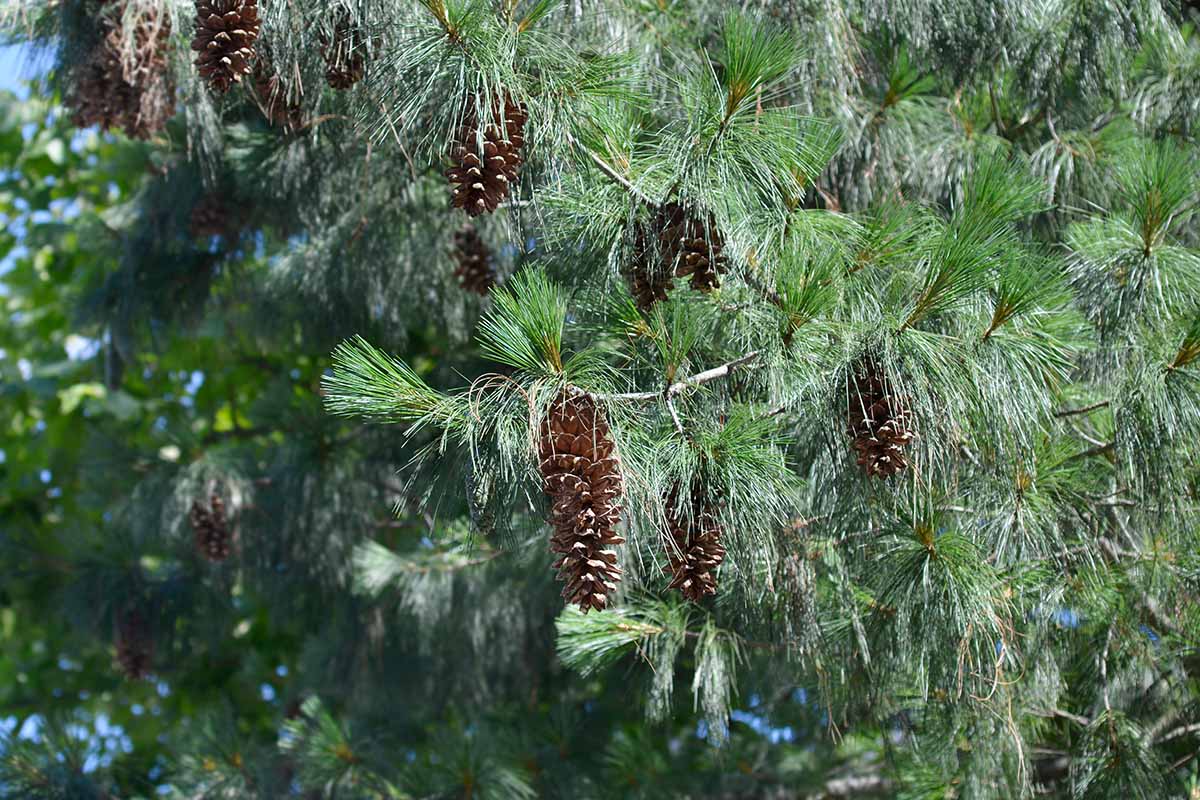
This tree prefers high-altitude environments above 6,000 feet, so those living at sea level will have to live vicariously through their mountain-dwelling friends.
In its native environment, it will grow up to 150 feet, but expect it to stay about 30 to 90 feet tall at most in the home garden. It tolerates a bit more moisture than most other species and maintains a beautiful pyramidal shape.
‘Zebrina’ has distinctive yellow-tipped needles, while ‘Nana’ is a petite little wonder at just 15 feet tall.
Japanese White
If you guessed that P. parviflora originally hails from Japan, you’d be right.
This species is adaptable, drought tolerant, can handle salt spray, and produces pretty cones even when it’s young.
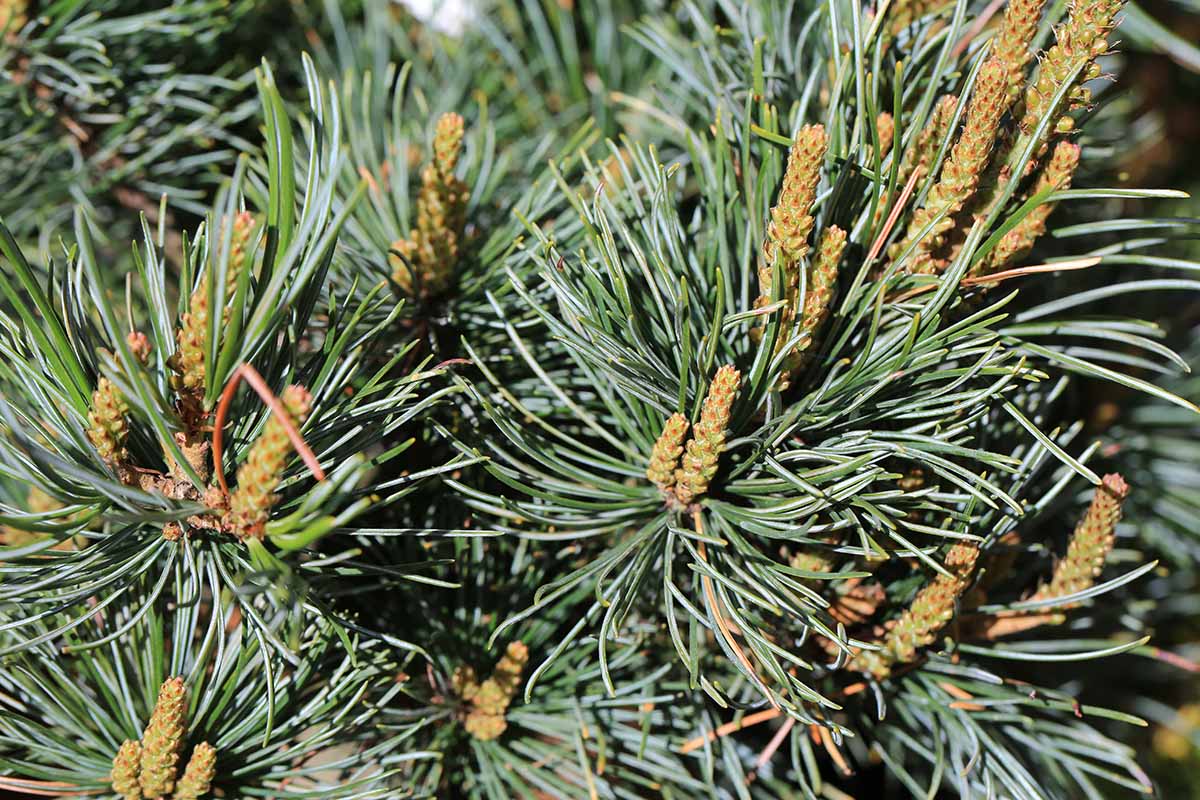
Once mature, the tree can reach about 50 feet in the home garden, though many cultivars are smaller.
One of the best things about this plant is that the trunk grows somewhat crookedly, which makes it look like you’ve trained a giant bonsai in your garden.
This species also produces attention-grabbing pollen cones in vibrant purple or pink hues.
‘Goldilocks’ is just right at eight feet tall with golden-tipped blue-green needles. Remember to protect it from afternoon heat to prevent leaf burn.
‘Bergman’ has unusual twisted needles, and ‘Fukuzumi’ is a compact grower with a wide and short growth habit. Both of these cultivars need morning sun exposure and protection from afternoon heat as well.
Loblolly
I highly recommend this species, and not just because I like saying loblolly.
P. taeda, native to the southeastern US, is fast-growing, with attractive red or gray scaly bark and long needles.
One of the most commonly cultivated trees in the US, it grows near streams, and tops out around 100 feet tall and a third as wide.
You often see it used as a screen because of its dense canopy and quick-growing nature. A happy specimen can grow up to two feet per year.
It tolerates drought, clay or sandy soil, and moderate flooding.
If you live in Zones 6 to 9, you can enjoy this statuesque pillar. Snag one at Fast Growing Trees in three- to four-, four- to five-, and five- to six-foot-tall live trees.
Longleaf
Longleaf pines (P. palustris) live up to their names with needles that can reach up to 20 inches in length.
The trees can grow to an impressive 130 feet tall, but they usually stay much smaller in the home garden.
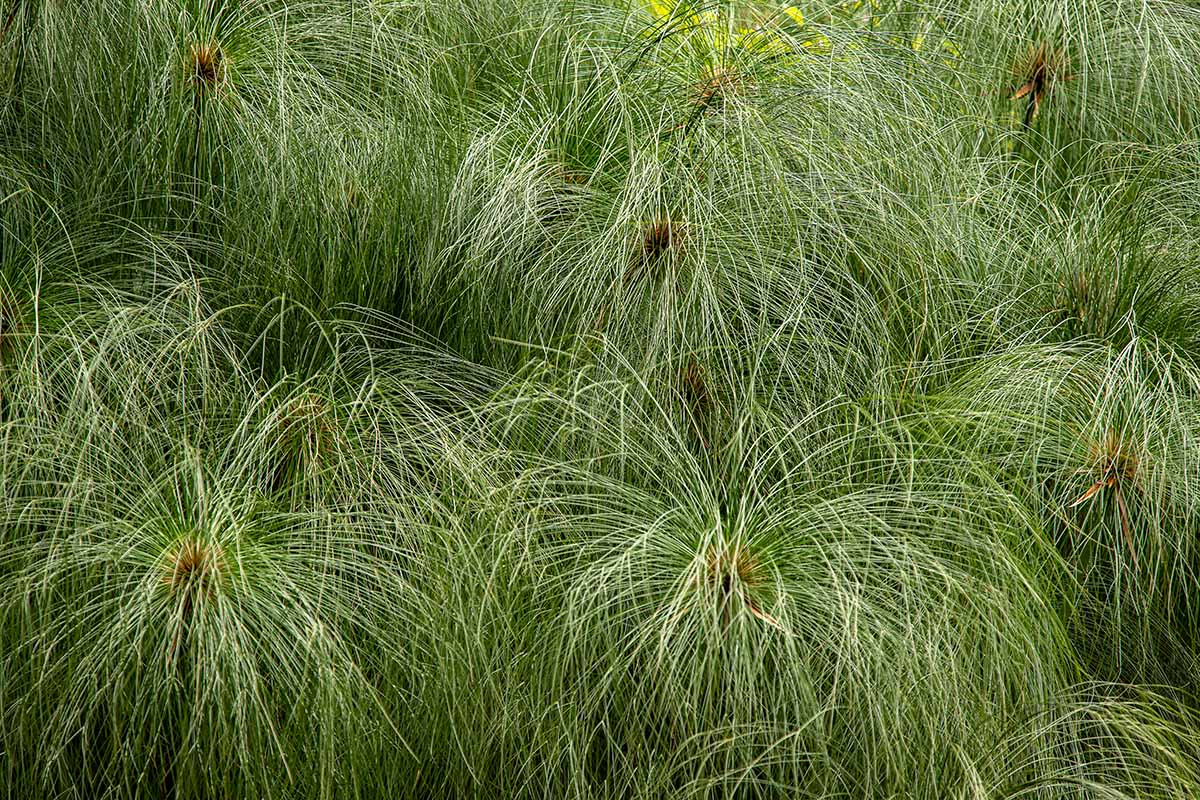
Sadly, many of the wild trees have been cut down for their wood and resin. These trees were valued by European explorers and sent back to Europe by the shipful.
Forests haven’t been able to regenerate due to feral hogs feeding on the roots, loss of habitat, and fire suppression efforts.
While there are efforts today to replant longleaf forests, you can make your own contribution to the health of the environment by placing one in your garden.
Mugo
The smallest pines you can find are dwarf mugos (P. mugo).
These petite and popular conifers are slow growing and take years to reach their full size of about five feet tall and twice as wide at most, depending on the cultivar. Most stay closer to half that size.
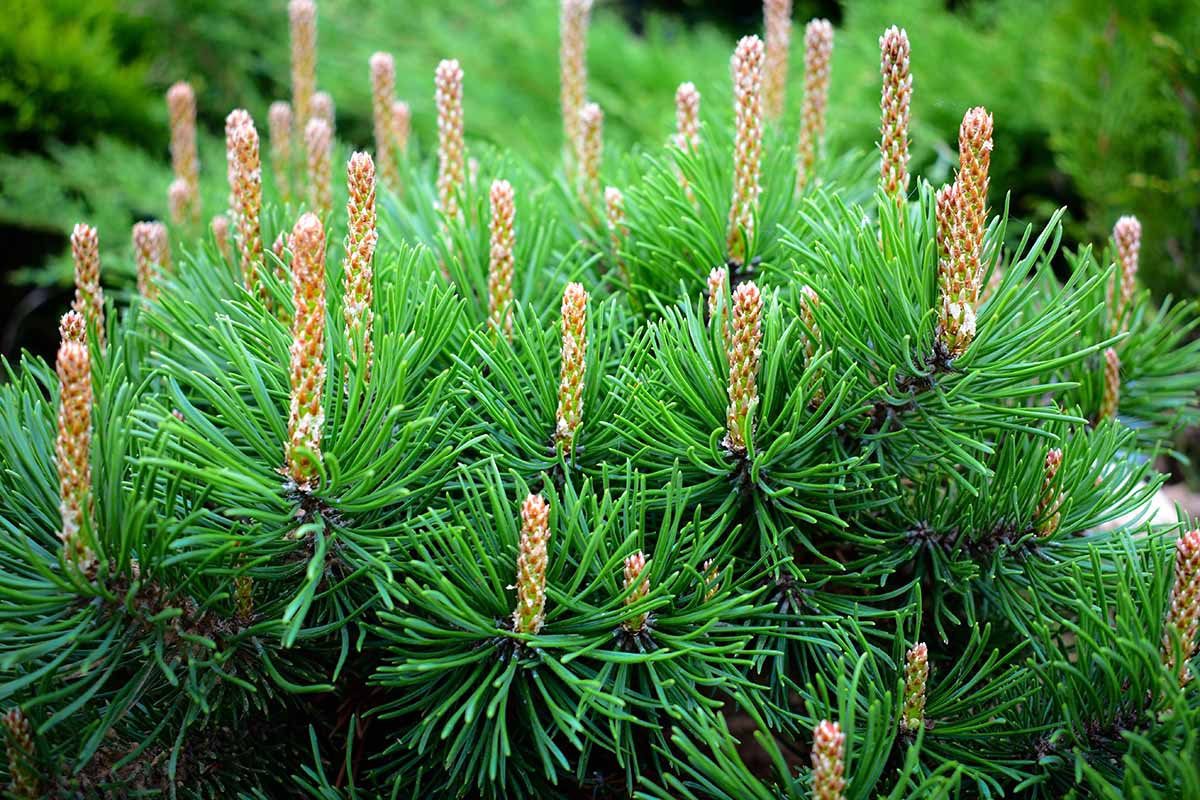
For containers, patios, borders, and walkways in Zones 2 to 8, this is an option that’s hard to beat. These plants are exceptionally tough, native to windy, rocky areas with depleted soil in central Europe.
There are lots of cultivars of P. mugo available, like ‘Ophir,’ which has a nice rounded growth habit.
‘Jakobsen’ has an open, clumping growth habit that almost resembles a carefully-pruned topiary, with no pruning required.
‘Sunshine’ is a fun alternative to the majority of solid-needled pines out there. It has green leaves with yellow bands. This type grows two feet tall and wide, and it might, but not always, take on a pyramidal form.
‘Winter Sun’ (or ‘Wintersonne’) is an upright cultivar that will grow to just under three feet tall with twisted branches when mature.
Then there’s the ever-popular dwarf mugo (P. mugo var. pumilio).
This petite wonder only grows about five feet tall, spreading about 10 feet wide. Fast Growing Trees carries live plants in two- or three-gallon containers.
Learn more about mugo pines here.
Sugar
If you have a big spot to fill, give this species a look. Sugar pines (P. lambertiana) are so large that many people don’t consider them for the garden.
In the wild, they can grow up to 200 feet tall, but they’ll stay smaller in your more confined space.
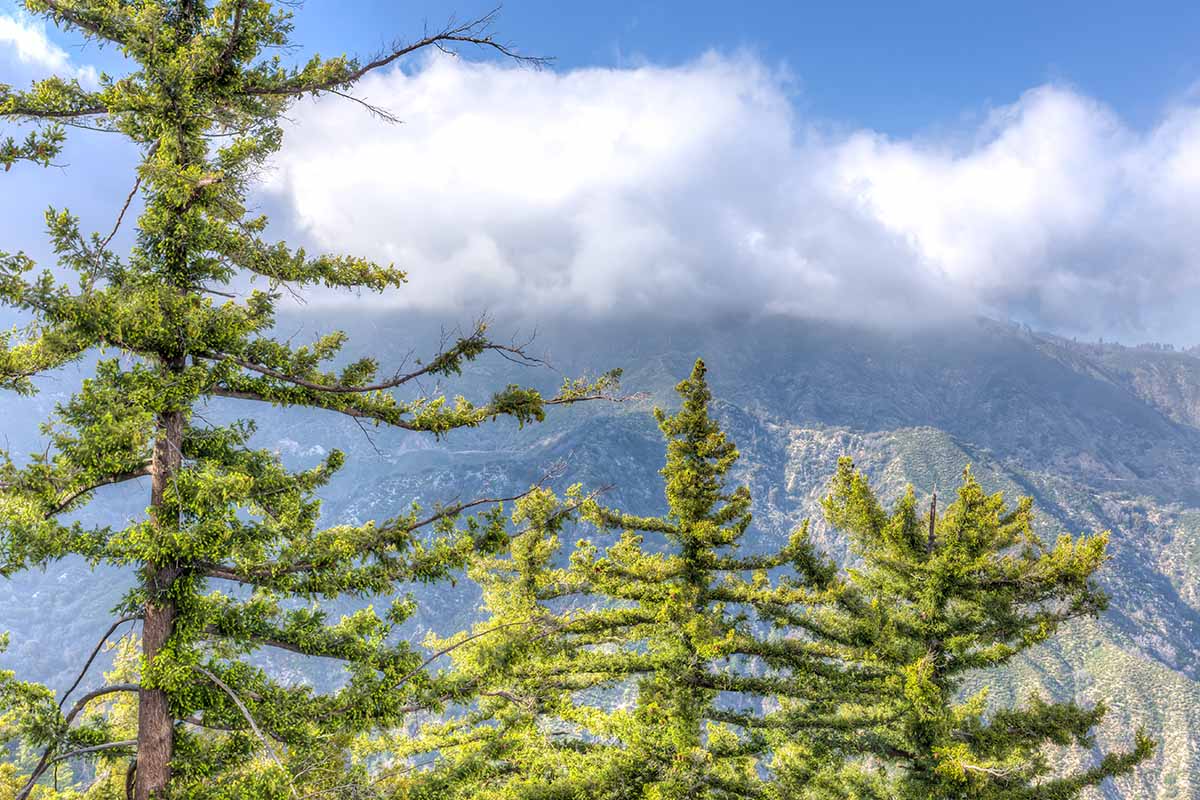
The pendulous branches are spaced far apart on a ramrod straight trunk with an overall narrow, pyramidal shape.
The bark is beautiful, which is good, since so much of it is visible. When young, the bark is smooth and green, but as the tree ages, it turns red and scaly.
The super long cones, up to 20 inches in length, make an oversized visual impact.
And the resin in this tree is sweet, as its name suggests. Native people enjoyed it as a sweet treat and as a sweetener.
It’s an elegant, regal garden option.
Swiss
Native to mountainous regions of central Europe, Swiss or Swiss stone pines (P. cembra) typically have a dense, pyramidal shape when they’re young.
As they age, they take on a more rounded shape and eventually reach about 40 feet tall in cultivation, or closer to 100 feet in the wild.
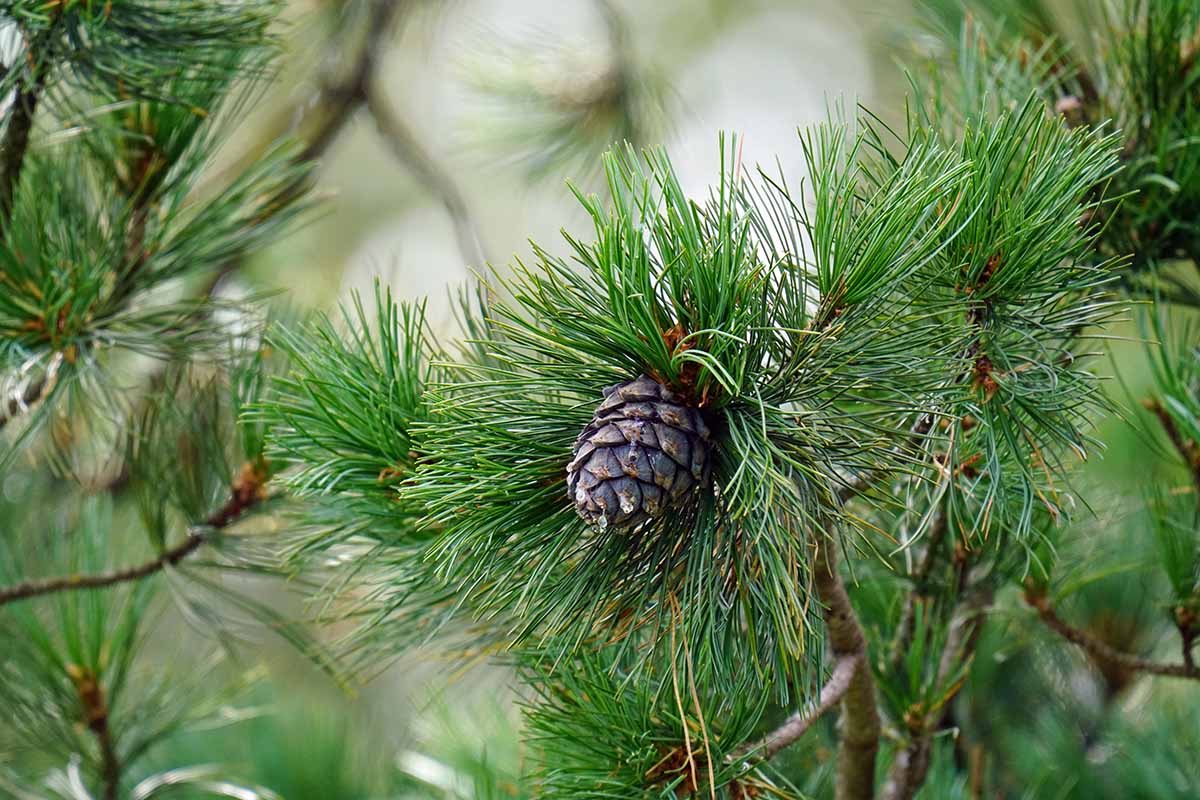
The edible seeds are encased in purple cones that only open in response to extremely precise environmental conditions.
Generally, most trees of this species can tolerate shade during certain parts of the day.
‘Glauca Nana,’ ‘Pygmaea,’ and ‘Stricta’ are all better off in direct morning light and afternoon shade, for instance.
Looking for More Options?
Be sure to check our supplemental guide, “The Best Pine Trees: 41 Noteworthy Varieties,” to find the best species and cultivars for your yard or garden.
Managing Pests and Disease
Pines are having a bit of a hard time in some parts of the country.
White pines in landscaping in the eastern US have been hit by fungal diseases, and wild specimens in the west are being decimated by pine beetles.
But don’t give up on them – we’re learning how to deal with these problems in new and better ways.
Herbivores like deer and rabbits will occasionally snack on parts of the pine, particularly young ones, but it’s rare. Your bigger worry is going to be insect pests, like these:
Insects
Herbivores might not dig pine trees, but certain invertebrates sure do. There are quite a few that feed on species in the Pinus genus.
Adelgids
There is an entire family of aphids known as spruce or pine aphids (family Adelgidae), aka adelgids, and it includes about 50 species of these insects.
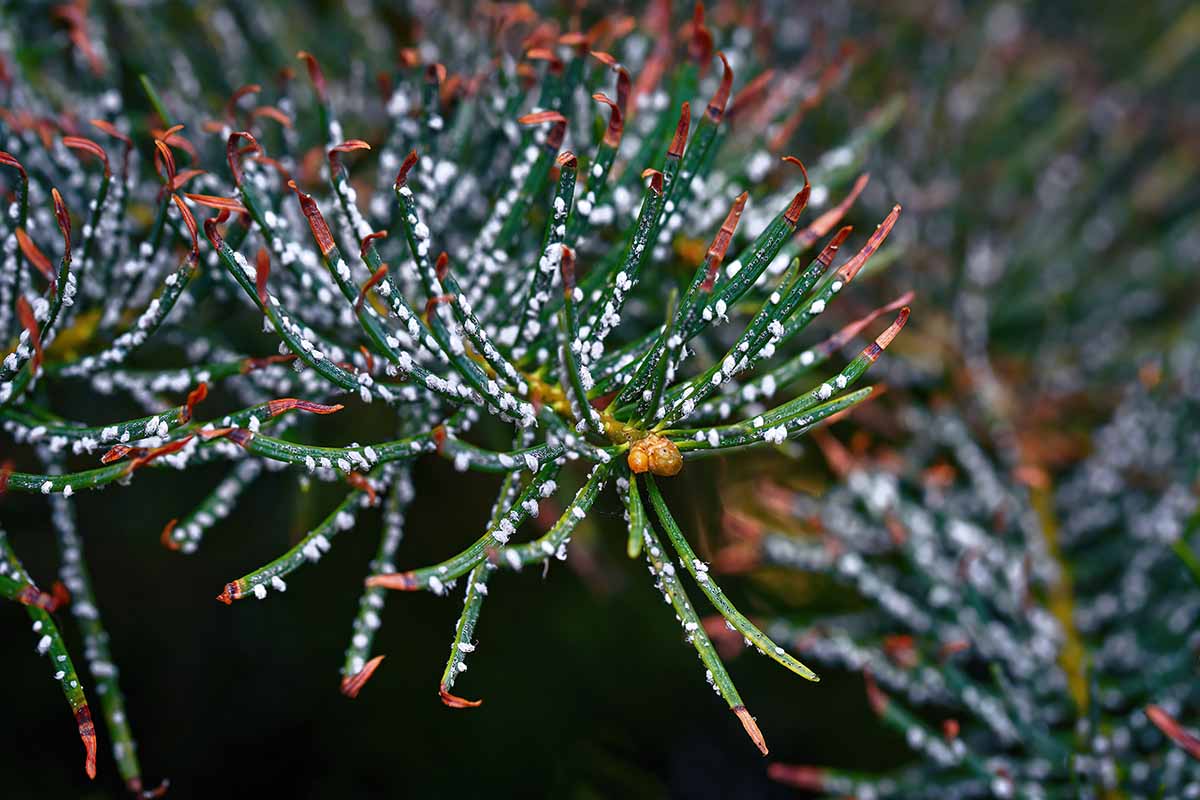
Unlike true aphids, adelgids can only lay eggs rather than producing live larvae. All species have a wooly coating, similar to wooly aphids.
Also similar to aphids, they use their piercing-sucking mouthparts to feed on the sap in the tree.
Look for white, wooly masses at the base of needles. You might also see yellowing or falling needles.
Left unchecked, these pests can spread disease and wreak serious havoc. They can kill trees in just a few years, and if you don’t catch an infestation quickly enough, you might not be able to save the tree.
Once a tree has lost half its foliage, it’s unlikely to come back.
If the insects are present, spray the tree with insecticidal soap every few weeks during spring and again for six weeks starting in late summer.
Pick up 12 or 32 ounces of Bonide’s Insecticidal Soap at Arbico Organics.
European Pine Shoot Moths
The European pine shoot moth (Rhyacionia buoliana) lays eggs on the bark of pine trees, and the larvae that hatch out tunnel into young leaf shoots, killing the buds.
The larvae overwinter in these buds before pupating and emerging as adult moths in the spring.
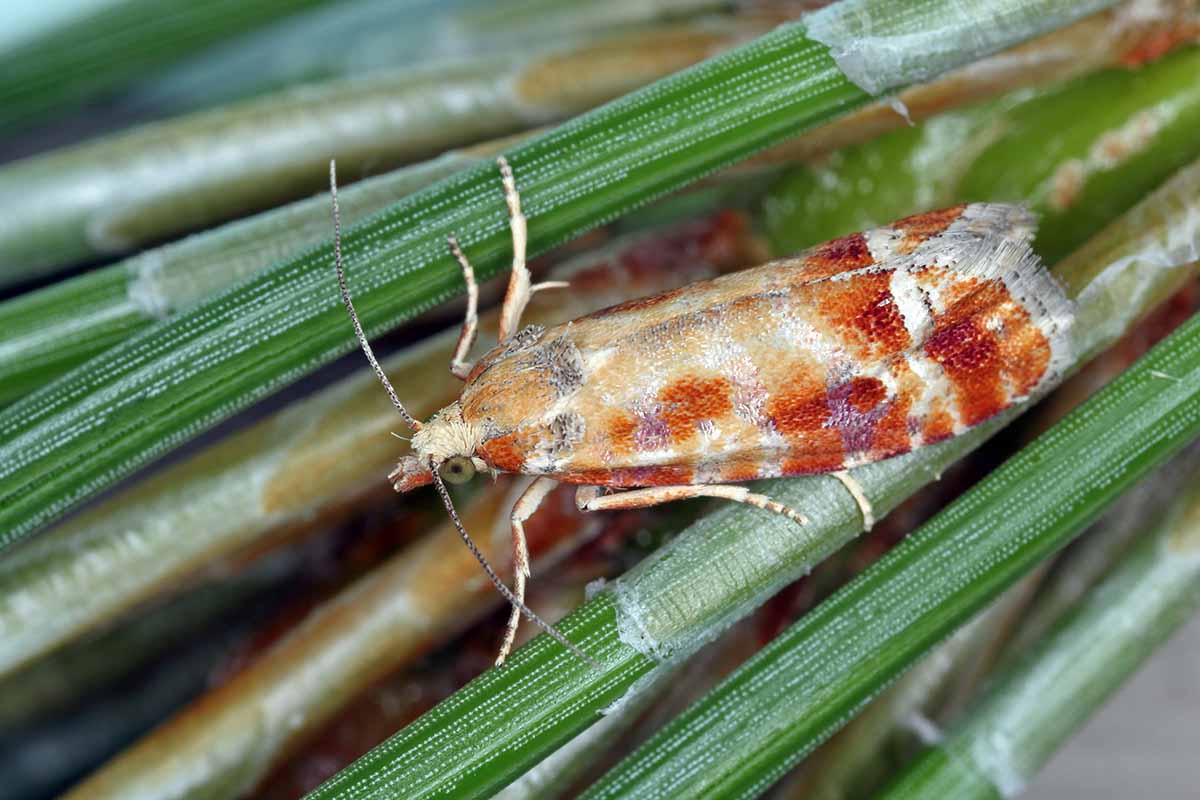
Red and Scotch or Scots pines have remained this pest’s favorite types ever since it was introduced in the US from Europe in 1914, but they’ll feed on many other species as well.
The adult moths have orange and red wings and gray hindwings. The larvae are tan with black heads.
And the larvae spin webs between the needles and young stems, something that people often mistake for the presence of spiders or spider mites.
In years with warm, dry summers and mild winters, populations can grow dramatically.
You might not spot the bugs themselves, but if you see wilting, browning shoots, leading to the eventual growth of crooked branches, chances are good that they’re present. They can also kill terminal buds.
Prune any wilted or dead shoots right away. Dispose of them in a sealed bag or burn them, if that’s allowed in your area. You can also kill the larvae when they’re active from spring until midsummer.
Insecticidal soap, products that contain Bacillus thuringiensis (Bt), or introducing green lacewings to your garden can help control the larvae. In fact, why not go with a one-two punch and use Bt along with lacewings?
You can buy Bonide’s Thuricide in quart- or gallon-size ready-to-use or eight- or 16-ounce contrates from Arbico Organics and lacewing eggs in quantities ranging from 1,000 to 250,000 are also available at Arbico Organics.
Pine Bark Beetles
Pine bark beetles have decimated trees across North America.
There are multiple species, including the black turpentine beetle (Dendroctonus terebrans), red turpentine beetle (D. valens), western pine beetle (D. brevicomis), Jeffrey pine beetle (D. jeffreyi), mountain pine bark beetle (D. ponderosae), redhaired pine bark beetle (Hylurgus ligniperda), twig beetles (Pityophthorus spp.) and engraver beetles (Ips spp.).
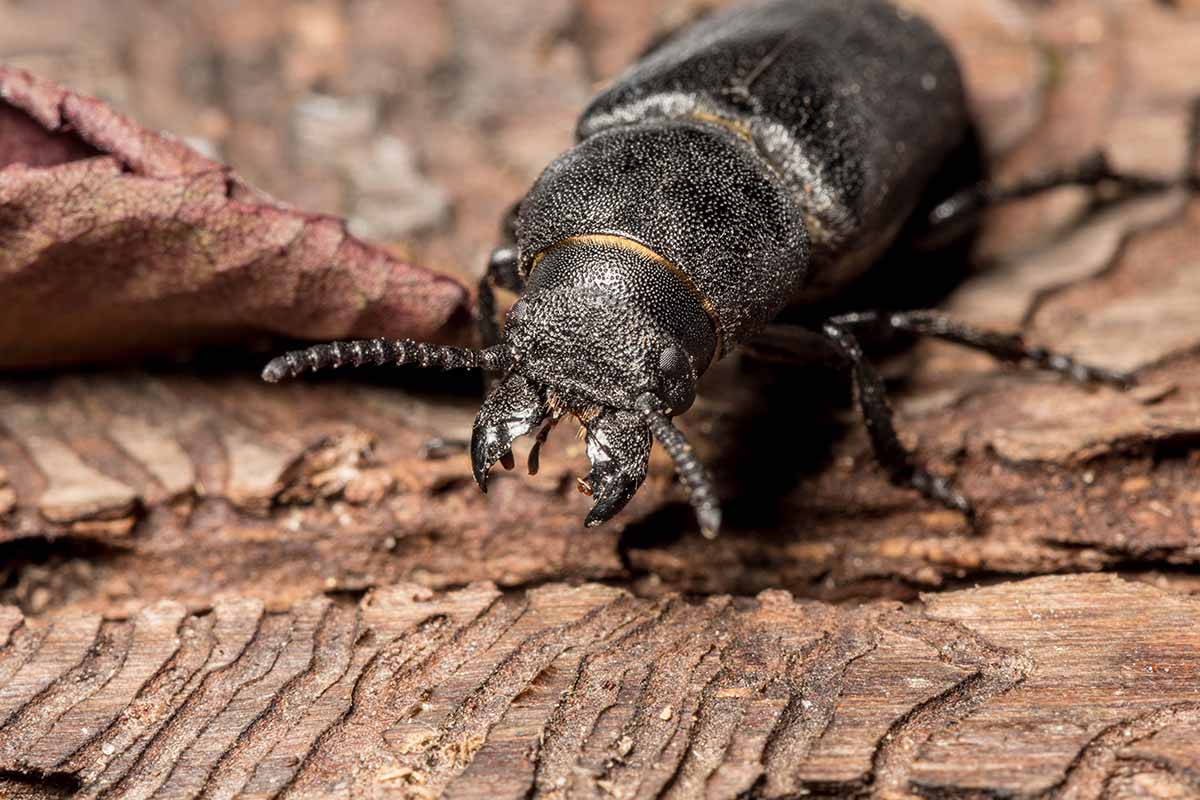
Trying to look for the individual bugs and figure out what species is attacking your trees can is irrelevant.
The easiest way to determine that you have an infestation is to peel back any loose bark and look for the frass and tunnels that the beetles leave behind.
Sometimes you’ll see sap oozing out of the tree, and dying branch tips.
These pests are extremely difficult to control, so prevention is vital. Water deeply, away from the trunk and just inside the dripline.
Be extra careful not to damage the trees when you prune or do yard work, leaving them exposed to infestation.
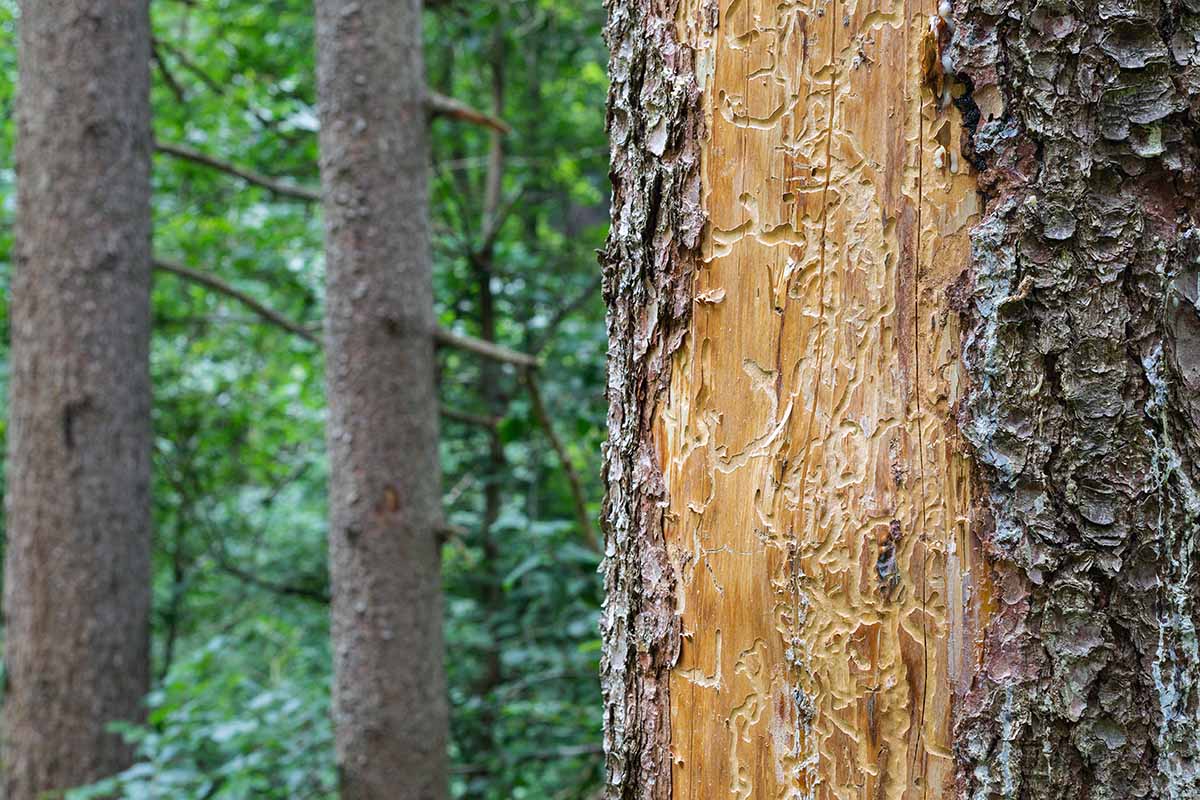
When you prune, be sure to burn, dispose of, or chop up the wood so you won’t invite bark beetles to your yard.
Speaking of, if you buy or chop pine firewood, cover and seal the woodpile with clear plastic sheeting and allow the sun to heat up the wood underneath to kill any hiding beetles.
These beetles have lots of natural predators, and woodpeckers and other birds will devour them. But they won’t be able to control a large infestation.
The only time you should use an insecticide is if you can positively identify the beetles before they enter your tree. Once the beetles get in, you can’t use insecticides to control them.
Since the chances are slim that you’ll see a single beetle before they find your pines, a preventative spray is useful for high-value trees.
Spray in the late winter and early spring, following the manufacturer’s directions carefully.
Look for a liquid contact insecticide like something that contains carbaryl. These insecticides are damaging to the environment, so use them carefully and judiciously.
Sawflies
Sawflies (Neodiprion sertifer, Diprion similis, Neodiprion pinetum, Neodiprion lecontei) will eat any species of pine, but they really like mugos, Scots or Scotch, and Japanese pines.
Native to Europe, they were introduced to North America in 1925. Since then, they’ve been feeding on needles every year, once they hatch in mid-spring.
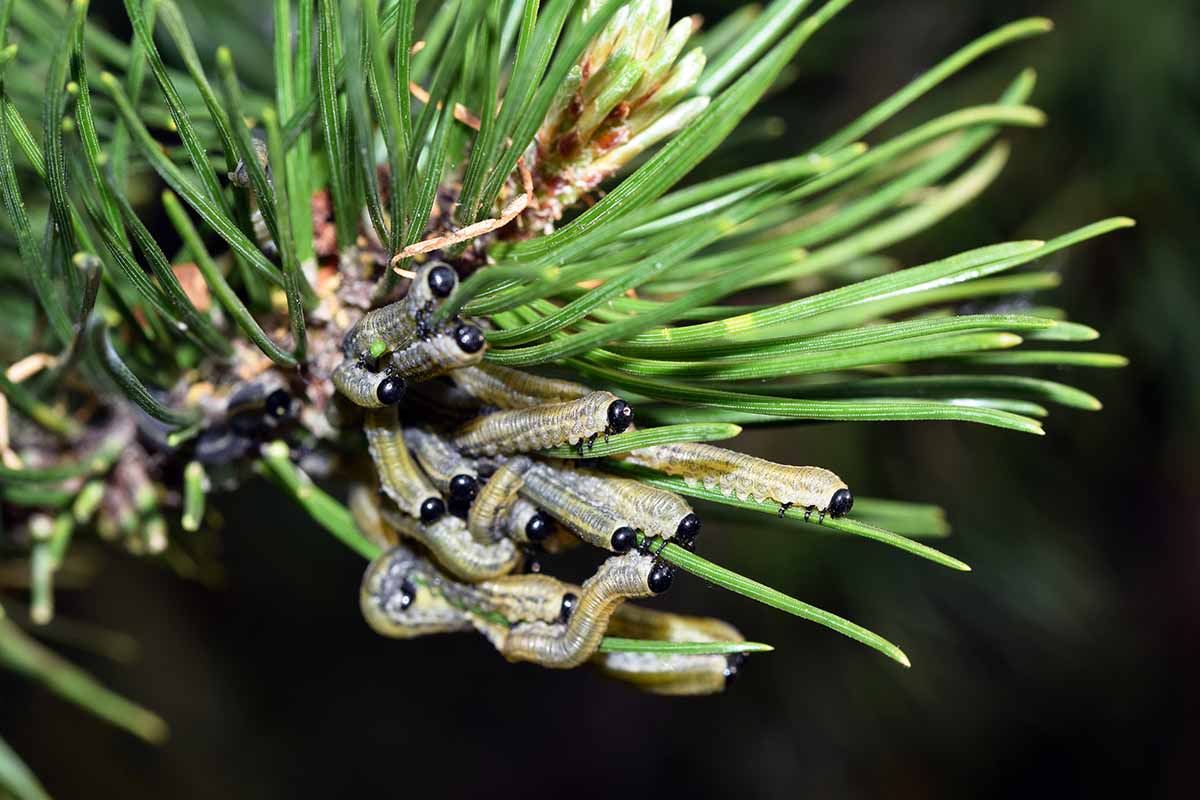
This feeding can cause stunted growth and weaken the tree enough that diseases can take hold, but the pests themselves won’t usually kill a tree.
The nice thing is that these pests are fairly easy to control. Look for their gray-green or yellow-green caterpillar-like larvae. These larvae have black or red heads and cluster in groups of up to 100.
Their feeding might leave the needles looking dry and thin, like pieces of straw, or they might eat the needles down to the base.
The moment you see even one, grab a spinosad-based insecticide and spray away.
Something like Monterey Garden Insect Spray will do the job. It’s available at Arbico Organics in pint-, quart-, and gallon-size containers.
You need to spray these pests in their larval stage to control them. In a few weeks, the satiated caterpillars will metamorphose into flies and take off to lay eggs and start the cycle over again.
If you want to rely on physical control instead, don your gardening gloves and grip the branch where you’ve noted an infestation just below the cluster.
Hold it and move toward the tip of the branch, collecting the larvae as you go. Drop them into soapy water.
White Pine Weevils
White pine weevils (Pissodes strobi), also known as Engelmann spruce weevils and Sitka spruce weevils, have become a serious threat to white pines.
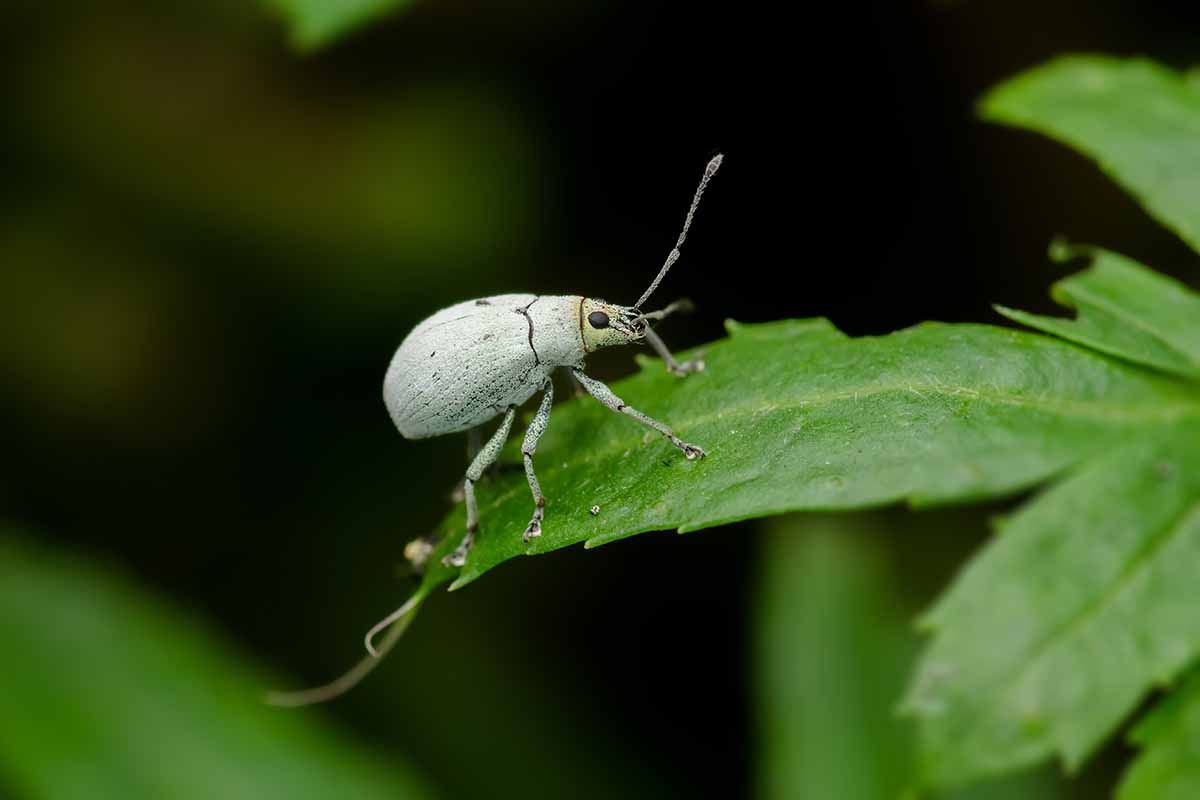
Eastern and western white pines are the species suffering the most damage today, but they’ll also attack other pine species like jack, foxtail, Japanese (P. thunbergii), mugo, pitch, Himalayan blue, and all red pines.
The adults overwinter under dead bark or debris on the ground. In the spring, they lay eggs in the bark of the top stem, known as the leader.
When the larvae hatch, they eat the wood of the leader, girdling it. The grubs then molt multiple times and pupate in the wood, emerging as adult beetles in the summer.
Typically, unless you notice the insects themselves, the first sign that they’re around are holes oozing resin on last year’s growth. Later, the leader will begin to wilt into a candy cane-like crook, followed by branch dieback.
Their feeding also causes stunted growth and opens the tree up to disease. Rarely, it can even kill the tree, particularly if it’s young.
In some years, predation by birds, mammals, and parasites keeps weevil populations in check. That’s why you always want to try to cultivate a healthy, balanced environment in your garden.
If you catch an infestation early, you can simply prune off the infested branches. Dispose of or burn the pruned parts.
Don’t use chemicals indiscriminately to try and kill these pests. Not only are they ineffective, they can further upset the balance in your garden.
Carefully apply a pyrethrin-based insecticide to the top portion of the plant in the spring after temperatures remain consistently above 50°F. Apply again in a month, and again a month after that.
If you don’t have a pyrethrin-based insecticide in your toolkit, pick up Monterey Bug Buster-O at Arbico Organics in eight- or 16-ounce bottles.
Disease
Pests are far more common, but don’t write off diseases entirely. They can strike now and then, particularly if a tree is damaged by pests or stressed in other ways.
Needle Rust
Needle rust looks just like you might imagine. After small, white fungal capsules release their orange spores in the spring, the needles of the tree look like they’ve started to rust.

On older trees, it’s kind of strange looking but it isn’t a big deal. It won’t really impact the tree. But this disease can stunt or even kill young trees.
Caused by the fungus Coleosporium solidaginis, there is no known cure.
Aster and goldenrod are alternate hosts of the fungus, so don’t plant or allow these to grow near your pines.
Tip Blight
Tip blight, a disease caused by the fungus Sphaeropsis pinea, can be a terrible affliction. While it can attack any pine, two- and three-needled types – such as red (P. resinosa), Scotch or Scots, Austrian, lodgepole, ponderosa, Jeffrey, knobcone, and pinyon – are more likely to be infected.
The disease won’t usually attack healthy trees, but any tree that is stressed or that has been damaged by adverse weather conditions, insects, or bad pruning might succumb.
Tip blight causes trees to be stunted and the needles to grow shorter than normal. Branches might die back. If you pull the sheath back from the bottom of a needle, you’ll usually see black fungal spores.
The first step toward controlling this problem is to prune off any twigs or branches that show any sign of infection.
Be sure to control any insect infestations and then treat the tree with a fungicide. A copper fungicide, for example, works well and won’t harm the environment as much as some chemical fungicides can.
If you don’t already have some around, pick up a 32-ounce ready to use, 16- or 32-ounce hose end, or a 16-ounce concentrate at Arbico Organics.
White Pine Blister Rust
White pine blister rust, caused by the fungus Cronartium ribicola, was a major problem for New England pine growers in the 20th century.
It was so bad that some states banned the planting of any species in the Ribes genus, such as gooseberries and currants.
That’s because the fungus needs Ribes species to develop on before it jumps to a pine tree. Once it does, the wood of the tree will swell and take on an orange hue, which is where the rust name comes from.
As the infection progresses, the tree appears to be sweating transparent orange liquid. The following year, blisters form on the bark. These will burst and the spores will travel on the wind back to Ribes plants to start the cycle over again.
There isn’t a good method of control available except for ripping out any nearby Ribes species. Don’t grow anything in this genus within 400 feet of a white pine tree.
White Pine Needle Disease
I know, another problem that primarily impacts white pines.
This fungal issue, primarily caused by Bifusella linearis, Lecanosticta acicola, Lophophacidium dooksii, and Septorioides strobi, started popping up in landscaping and in wild trees about 15 years ago, as of the time of this writing.
It causes yellow and falling needles, stunted growth, branch dieback, and even death in young trees. Older trees won’t usually die, but the stress of the disease can leave them open to other problems.
The pathogens that cause this disease thrive in the cool, wet weather of spring and early summer, especially when it’s really rainy.
Treatment doesn’t work well on older trees. Instead, support them with a boost of nitrogen-rich fertilizer to make up for the decline in nitrogen that this disease causes.
Younger trees may be treated with copper fungicide once a month throughout the spring.
Best Uses of Pines
Most pines make excellent specimens and can act as shade trees.
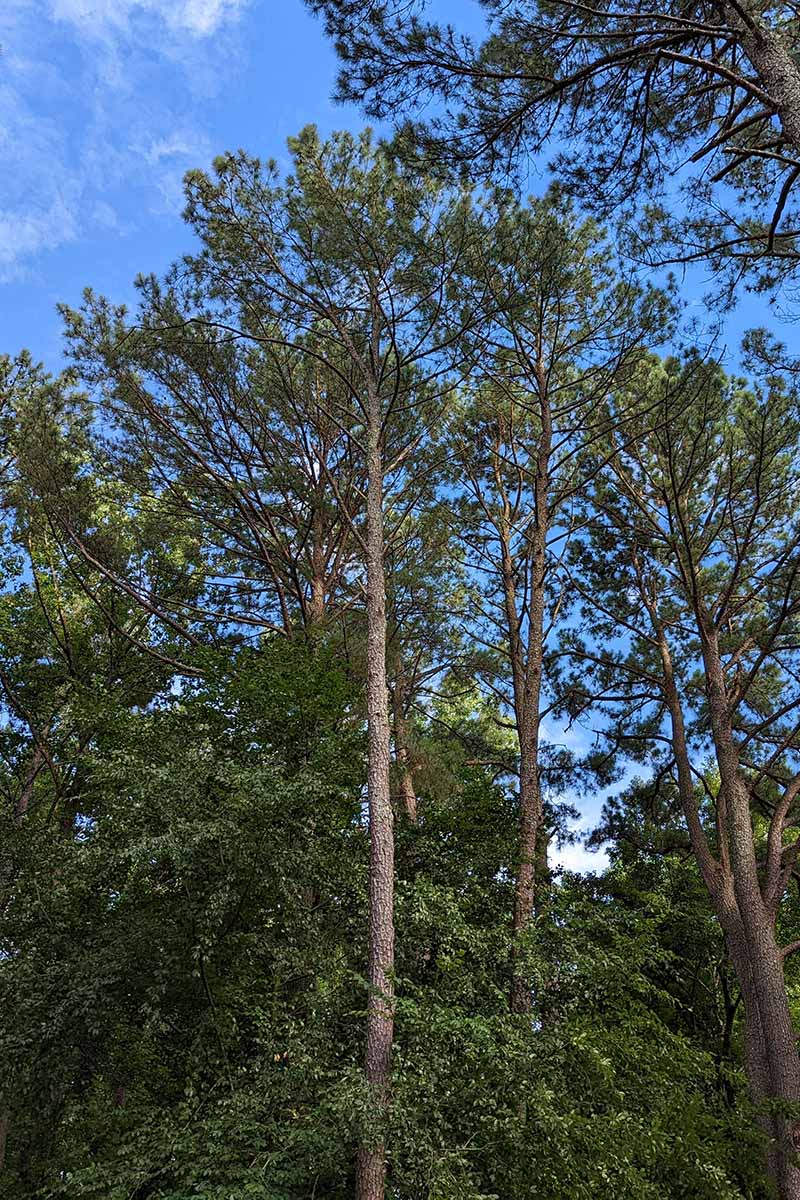
If you’ve never grown them before, be aware that falling needles can damage your lawn. Be sure to rake them up to keep your grass healthy.
Better yet, just rip that monoculture menace out and replace it with rhododendrons, hostas, sweet woodruff, daffodils, grape hyacinth, trilliums, or ferns.
Smaller types can be used as borders, hedges, and even as a ground cover.
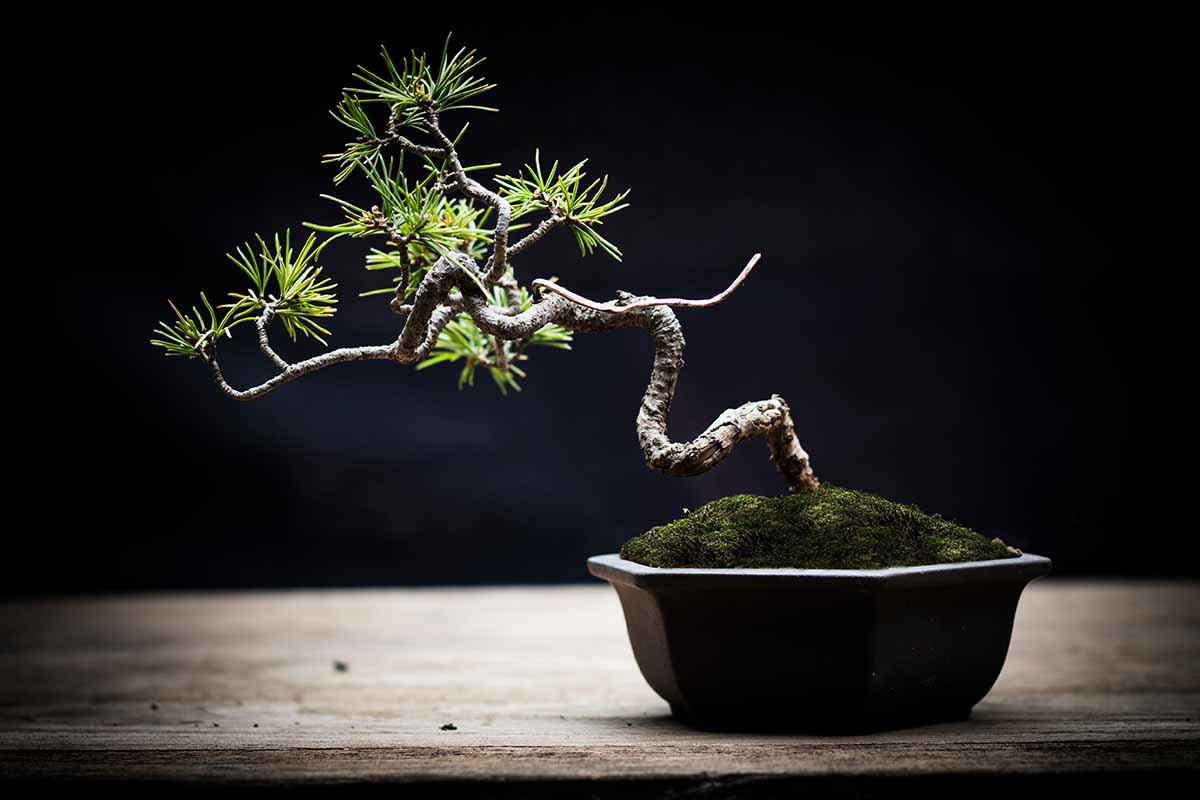
Pines can also be grown in containers or as bonsai.
Quick Reference Growing Guide
| Plant Type: | Evergreen trees | Foliage Color: | Green, yellow |
| Native to: | Northern Hemisphere | Maintenance: | Low |
| Hardiness (USDA Zones): | 2-9 | Tolerance: | Drought, heat |
| Bloom Time/Season: | Evergreen | Soil Type: | Sandy to loamy |
| Exposure: | Full sun, (partial sun for some varieties) | Soil pH: | 6.0-7.5 |
| Time to Maturity: | Up to 30 years | Soil Drainage: | Well-draining |
| Spacing: | 12 feet depending on species | Attracts: | Fireflies |
| Planting Depth: | 1/4 inch (seeds), root collar 2 inches below soil (transplants) | Companion Planting: | Daffodils, ferns, grape hyacinths, hostas, rhododendrons, sweet woodruff, trilliums |
| Height: | Up to 200 feet | Uses: | Bonsai, borders, containers, specimen, shade |
| Spread: | Up to 40 feet | Family: | Pinaceae |
| Growth Rate: | Slow to moderate | Genus: | Pinus |
| Water Needs: | Low to moderate | Subgenus: | Pinus, Strobus |
| Common Pests and Diseases: | Adelgids, European pine shoot moths, pine bark beetles, sawflies, white pine weevils; needle rust, tip blight, white pine blister rust, white pine needle disease | Species: | Albicaulis, brutia, cembra, contorta, glabra, lambertiana, monticola, mugo, nigra, palustris, parviflora, ponderosa, resinosa, rigida, strobus, taeda, thunbergii, virginiana, wallichiana |
Pines Make Picturesque Garden Plants
It’s hard to imagine a garden without at least one pine hanging out, and I certainly can’t picture a wild landscape without them.
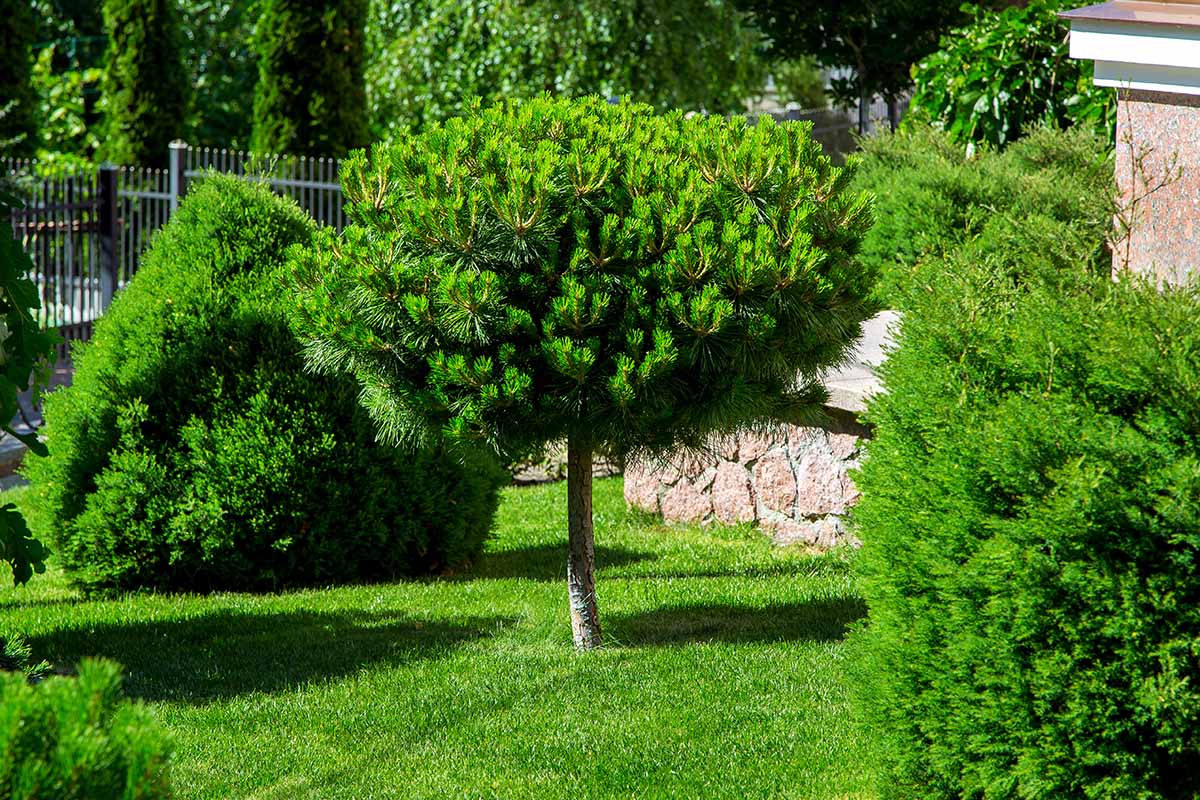
If you’re bringing the evergreen goodness to your own space, the key is to find the right spot to set your tree up for future success. Once you have that covered, pines are pretty carefree.
Which kind of pine are you planning to grow? And how do you intend to use it? Share with us in the comments.
If you’re interested in growing some other fabulous landscape trees, we have a few guides you might want to check out next:
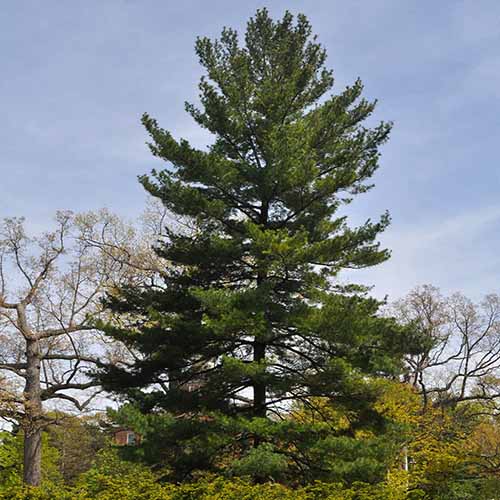

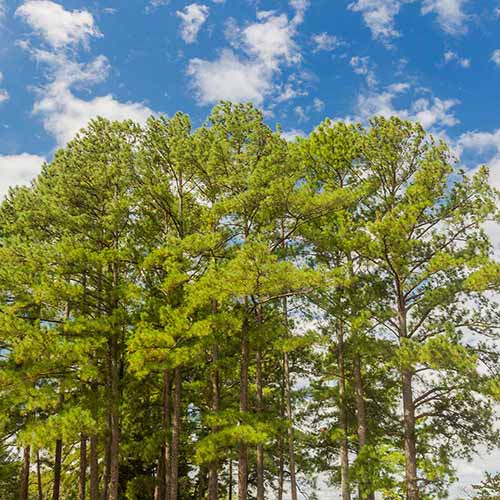

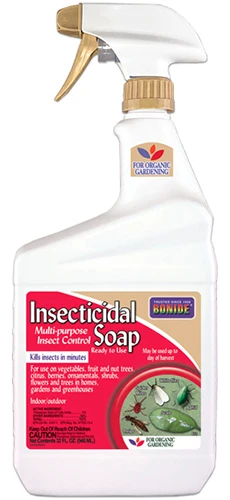
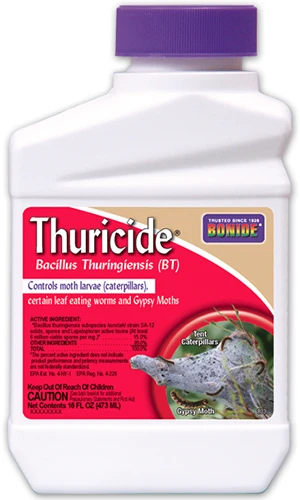
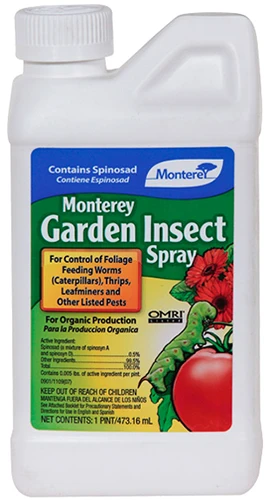
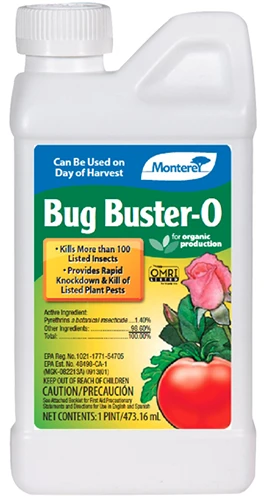
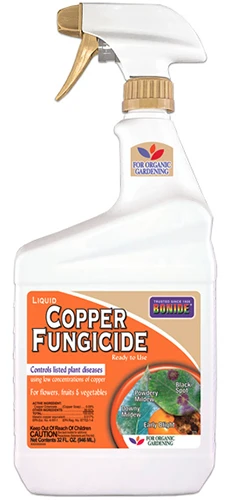
Great article! Thank u!
Thanks for reading Mary!